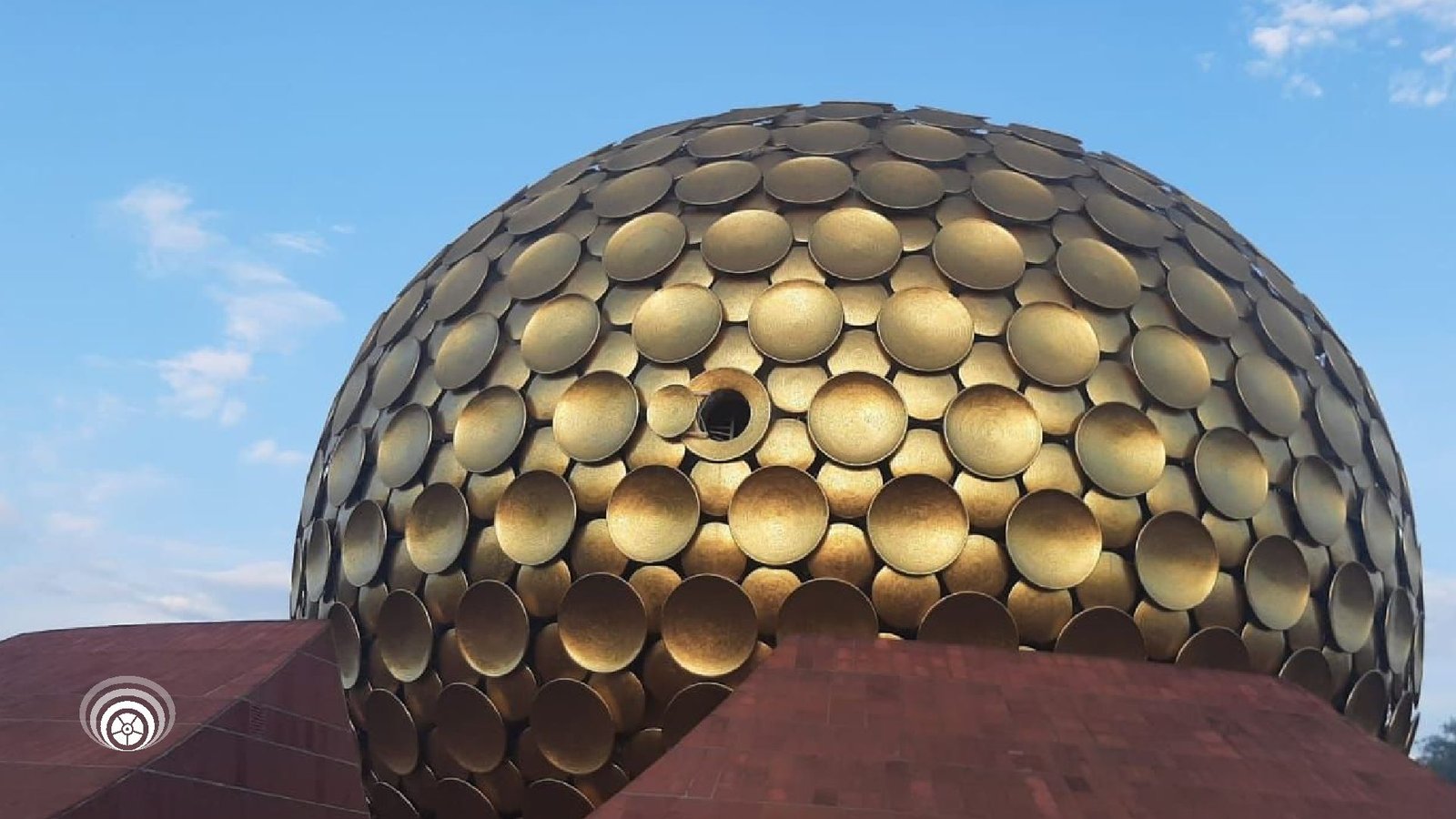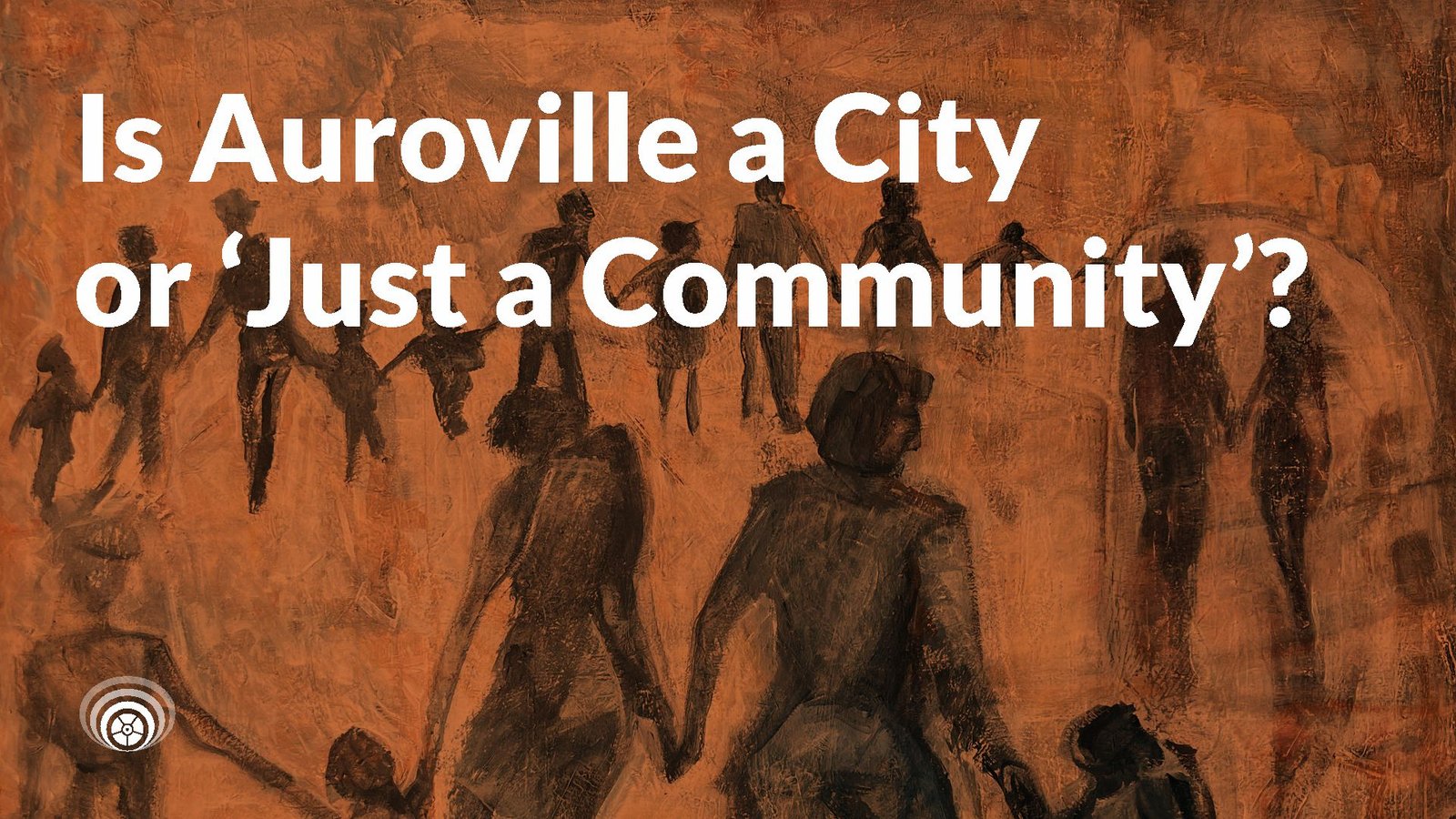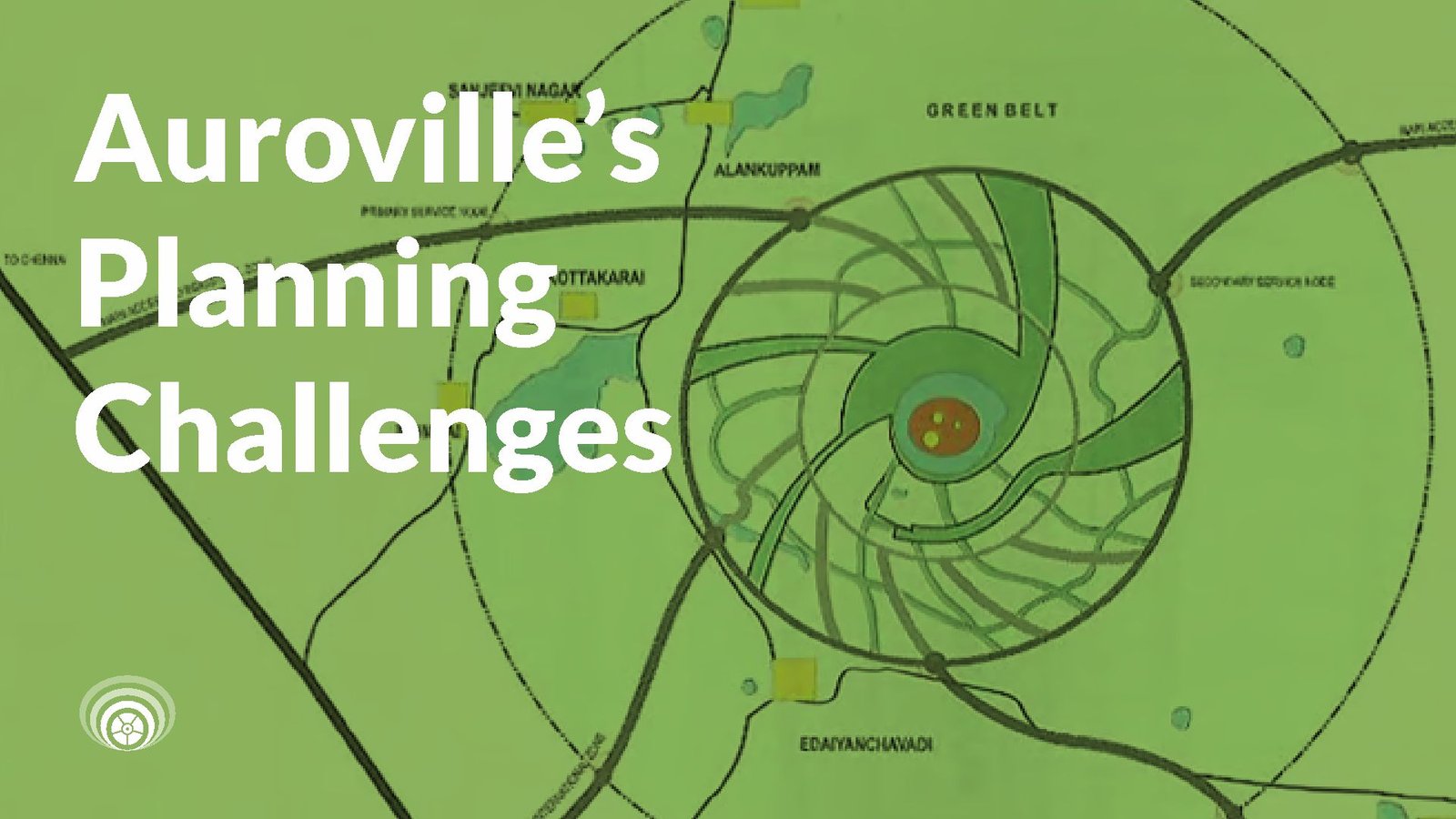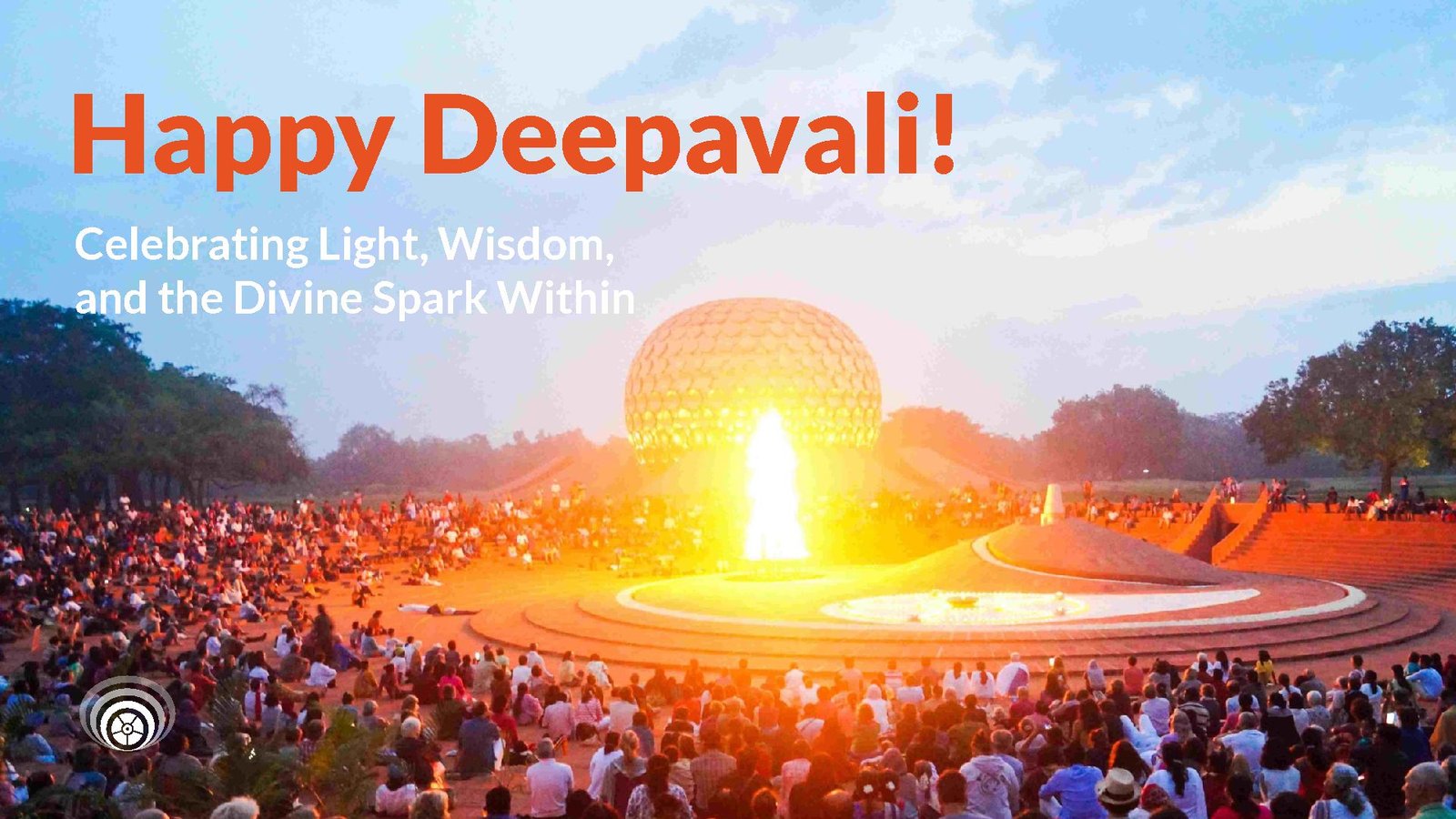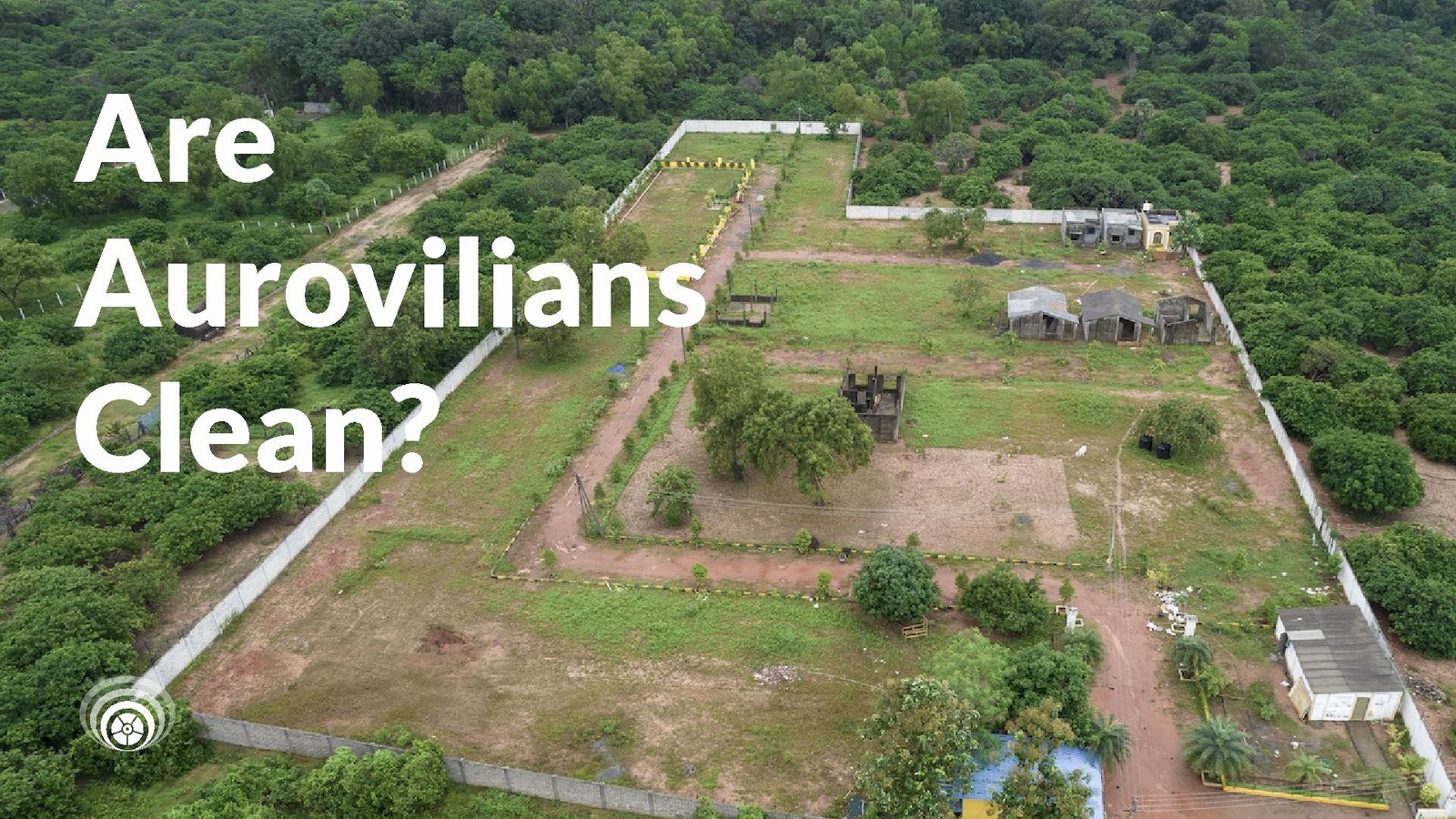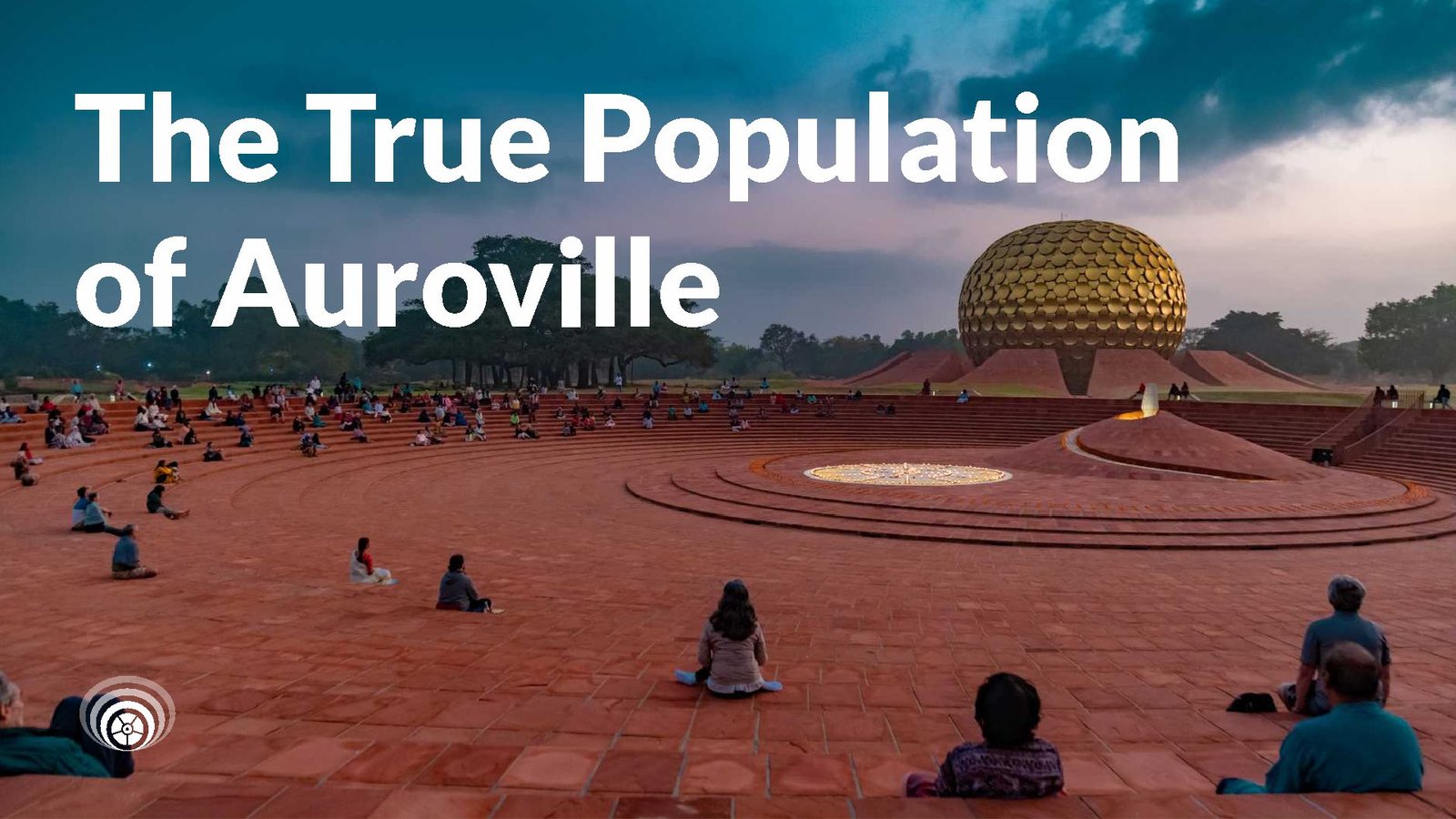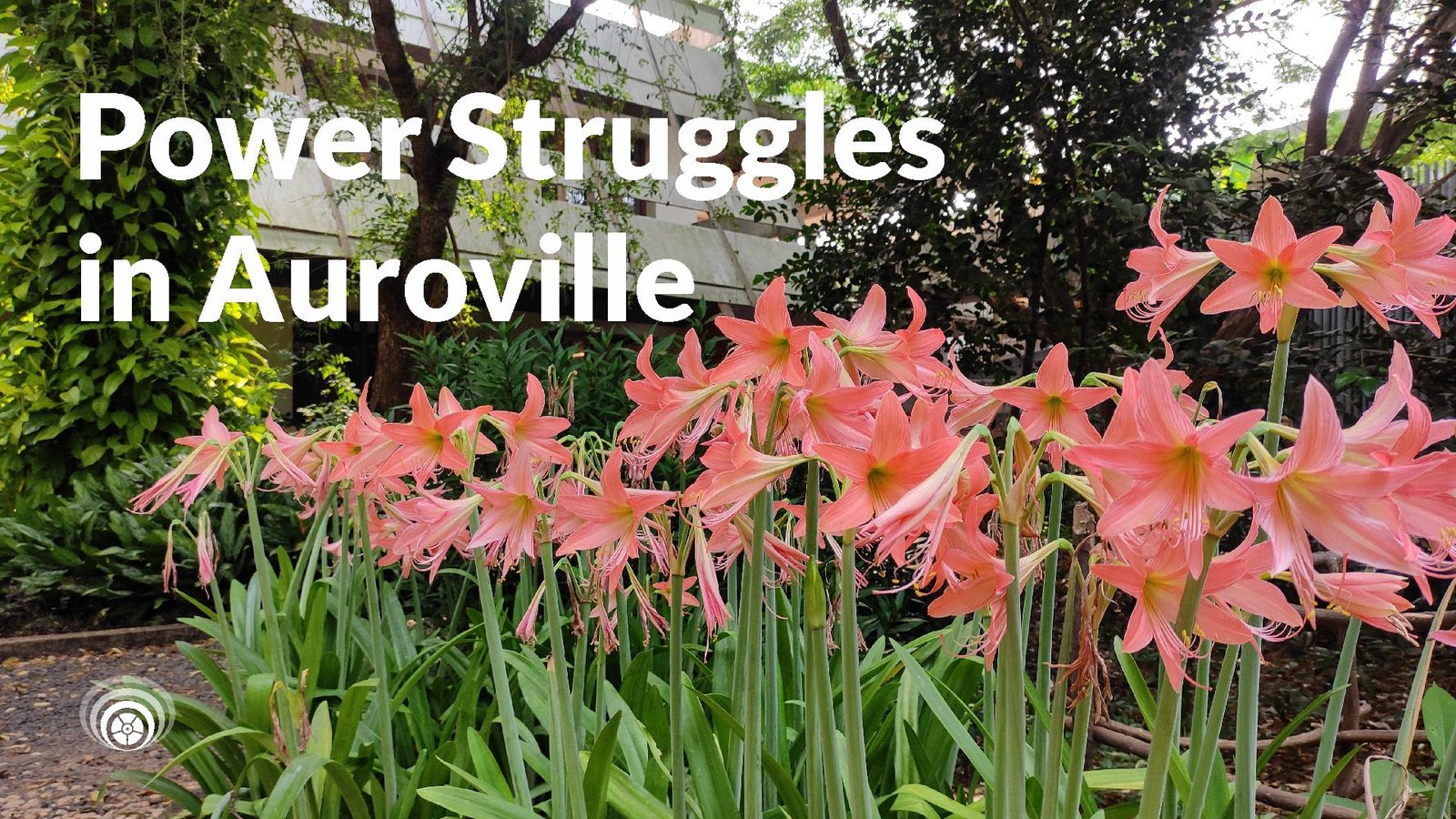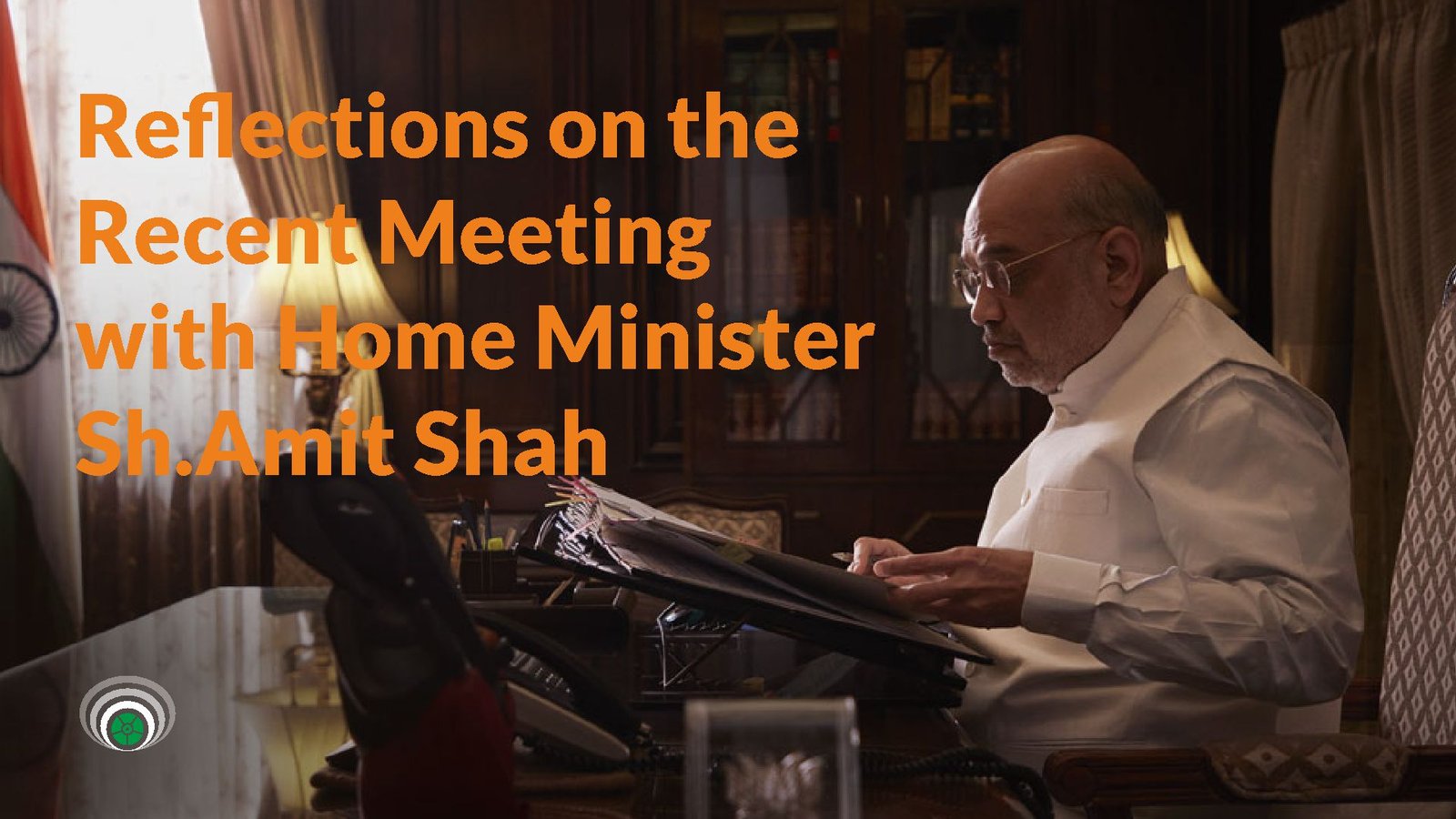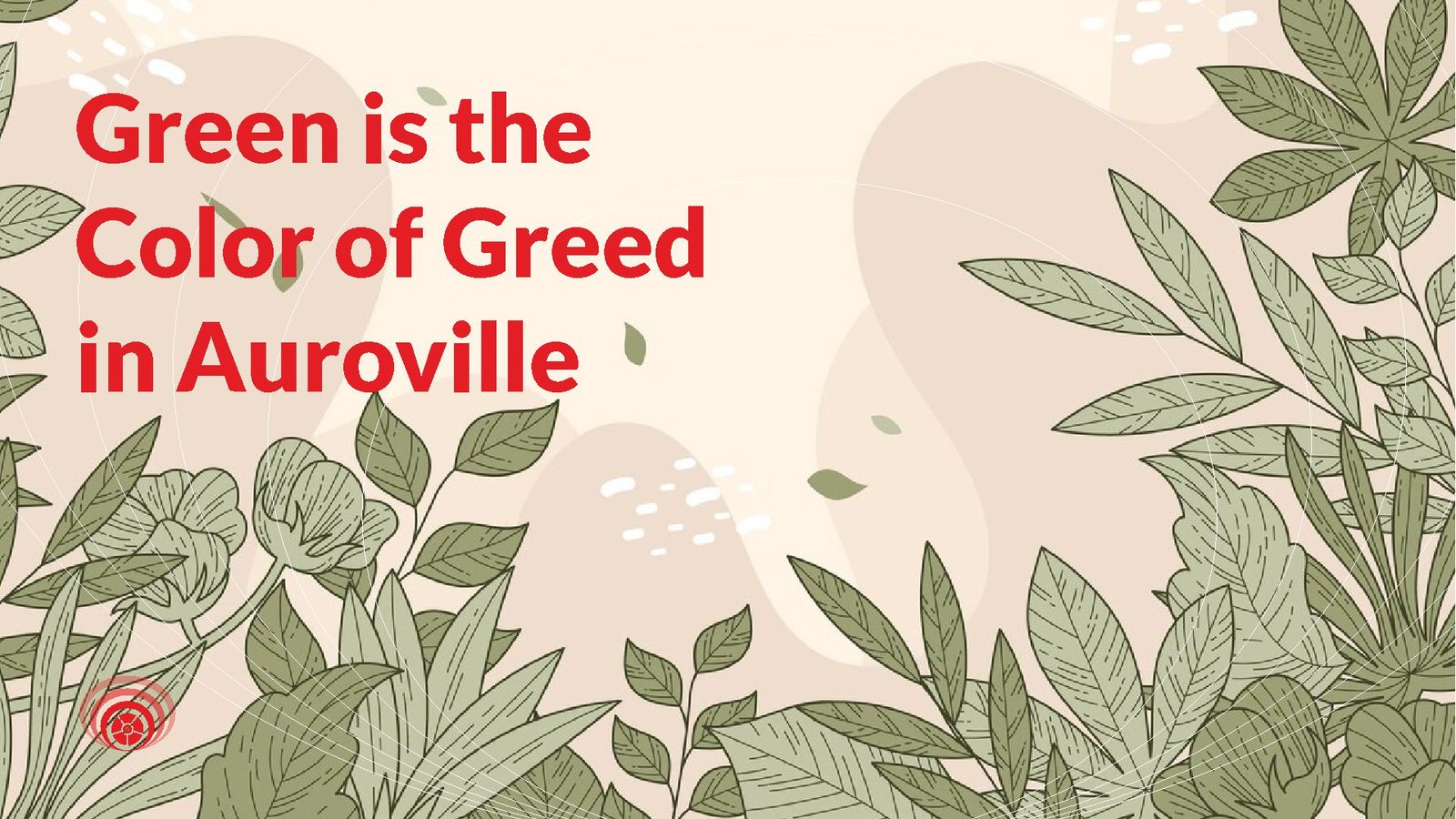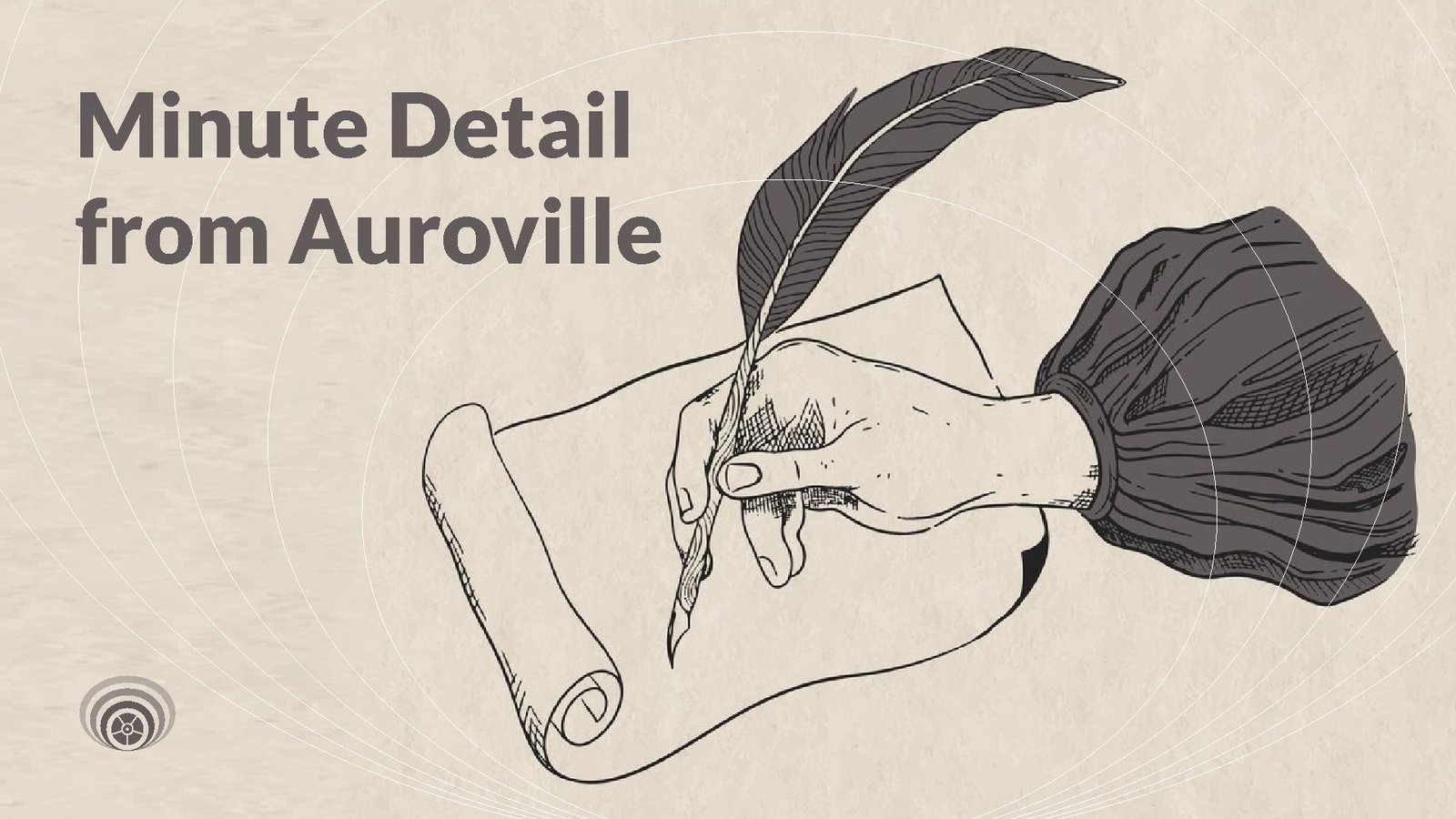In the wake of the Supreme Court’s 2025 verdict, Auroville stands at a threshold. Freed from legal entanglements yet faced with deeper questions of purpose and process, the community must now reflect, realign, and reawaken its collective aspiration—emerging from its chrysalis not just intact, but transformed for the journey ahead.
Continue readingIs Auroville a City or Just a Community?
In a world increasingly divided by identity, boundaries, and self-interest, Auroville stands as a beacon of unity and shared purpose. It is not merely a community; it is a city—a universal township dedicated to transcending personal and collective ego for the evolution of consciousness. By rejecting the insularity of community thinking and embracing the inclusiveness of a city, Auroville paves the way for a future grounded in collaboration, diversity, and higher ideals.
Continue readingAuroville’s Planning Challenges
Auroville’s planning struggles stem from a lack of systematic, inclusive, and professional approaches. True progress requires a transparent framework, accessible documentation, expert guidance, and citizen participation. By integrating villages, prioritizing infrastructure, and aligning with the original vision, we can address challenges pragmatically and create a harmonious city for the future.
Continue readingCelebrating Light, Wisdom, and the Divine Spark Within
May the triumph of light over darkness illuminate our hearts and the world we share. This Diwali, let’s honor the power of light and wisdom, inspired by the teachings of Mother and Sri Aurobindo. May Auroville’s vision as a lighthouse for conscious evolution guide humanity towards peace, unity, and a brighter, harmonious future for all.
Continue readingAre Aurovilians Clean?
Corruption in Auroville’s land acquisitions is a troubling issue, with some Aurovilians exploiting their roles within the Land Board for personal profit, subverting the community’s mission. Reports of private, concealed deals that divert lands meant for Auroville to private ownership reveal deep-rooted malpractice. The Governing Board must intervene to establish transparent acquisition practices, curbing the influence of a few entrenched interests. Instituting competitive auction systems for outlying lands could bring accountability, aligning land acquisition with Auroville’s values and long-term vision.
Continue readingThe True Population of Auroville
Recent data from Auroville’s Register of Residents update reveals that the actual active population is far below the often-quoted 3,000 residents. With only 1,861 verified residents and many absentee members, Auroville’s governance and resource management face significant challenges that must be addressed for future growth.
Continue readingPower Struggles in Auroville
Auroville faces a critical choice: continue internal power struggles or embrace collaboration. With the Government of India and courts reaffirming the Governing Board’s authority, resisting is futile. The era of influential foreign families’ control has ended, and hypocrisy must stop. Only Truth can manifest Auroville’s founding Vision of Human Unity and Progress.
Continue readingReflections on the Recent Meeting with Hon’ble Home Minister Shri Amit Shah
A recent meeting between Honourable Home Minister Shri Amit Shah and Auroville representatives highlights the close involvement of the Indian government in the Auroville’s affairs. As Auroville faces increased scrutiny, the collective must decide whether to collaborate with officials for progress or remain entrenched in outdated practices that hinder development.
Continue readingGreen is the Color of Greed in Auroville
In Auroville, the narrative of environmentalism masks a troubling reality: encroachment by influential families under the guise of green initiatives. With farcical elections and self-serving agendas, the green facade conceals a need for control, stifling genuine ecological progress and betraying the original vision of a harmonious, sustainable community.
Continue readingMinute Detail from Auroville
Misrepresentation, Manipulation, and Malpractices in Auroville. Unapproved “minutes,” questionable representation, and unethical actions spark controversy in Auroville.
This article uncovers the manipulation and power struggles threatening the ideals of Auroville’s organisation, and is in particular reference to this and this.
Continue reading
